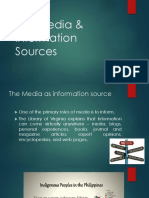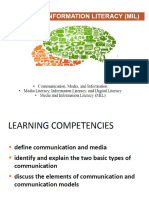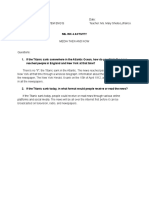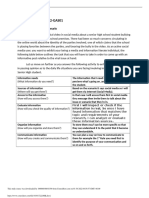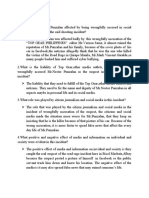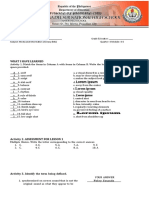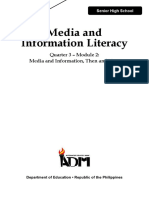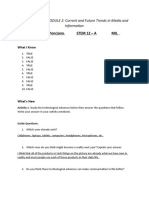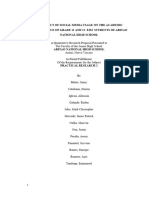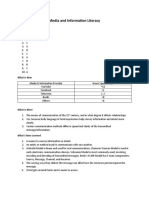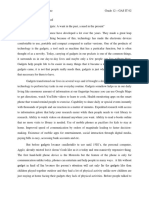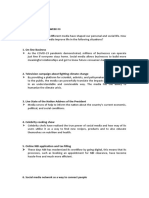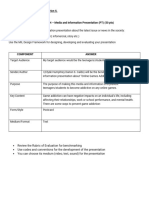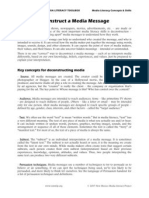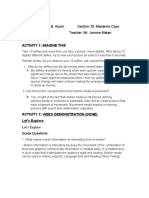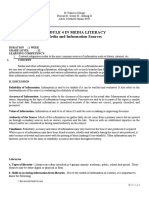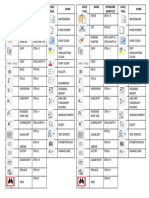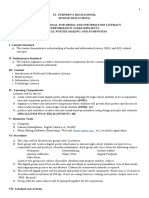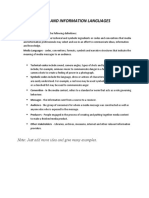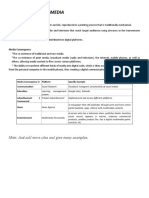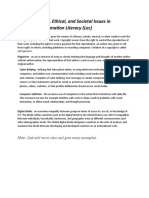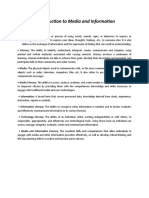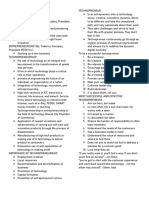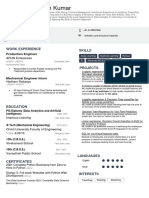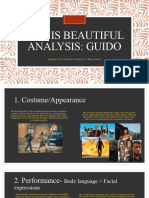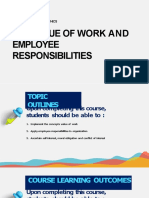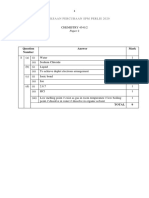0% found this document useful (0 votes)
2K views4 pagesLesson 5: Media and Information Sources
This document discusses various topics related to media and information sources, including the reliability, accuracy, and value of information. It also covers types of libraries and skills for accessing and evaluating information from libraries. Specific skills discussed for determining the reliability and accuracy of information include checking the author, date, citations, domain or site owner, site design, and looking for facts or advertising. The document provides an example of a mind map on indigenous media and information, covering related concepts such as indigenous knowledge, communication forms, and importance.
Uploaded by
Pepay MojicaCopyright
© © All Rights Reserved
We take content rights seriously. If you suspect this is your content, claim it here.
Available Formats
Download as DOCX, PDF, TXT or read online on Scribd
0% found this document useful (0 votes)
2K views4 pagesLesson 5: Media and Information Sources
This document discusses various topics related to media and information sources, including the reliability, accuracy, and value of information. It also covers types of libraries and skills for accessing and evaluating information from libraries. Specific skills discussed for determining the reliability and accuracy of information include checking the author, date, citations, domain or site owner, site design, and looking for facts or advertising. The document provides an example of a mind map on indigenous media and information, covering related concepts such as indigenous knowledge, communication forms, and importance.
Uploaded by
Pepay MojicaCopyright
© © All Rights Reserved
We take content rights seriously. If you suspect this is your content, claim it here.
Available Formats
Download as DOCX, PDF, TXT or read online on Scribd
/ 4

